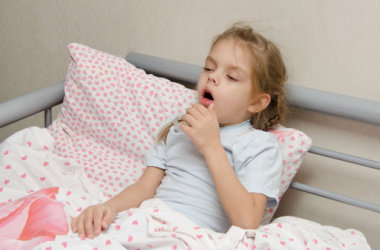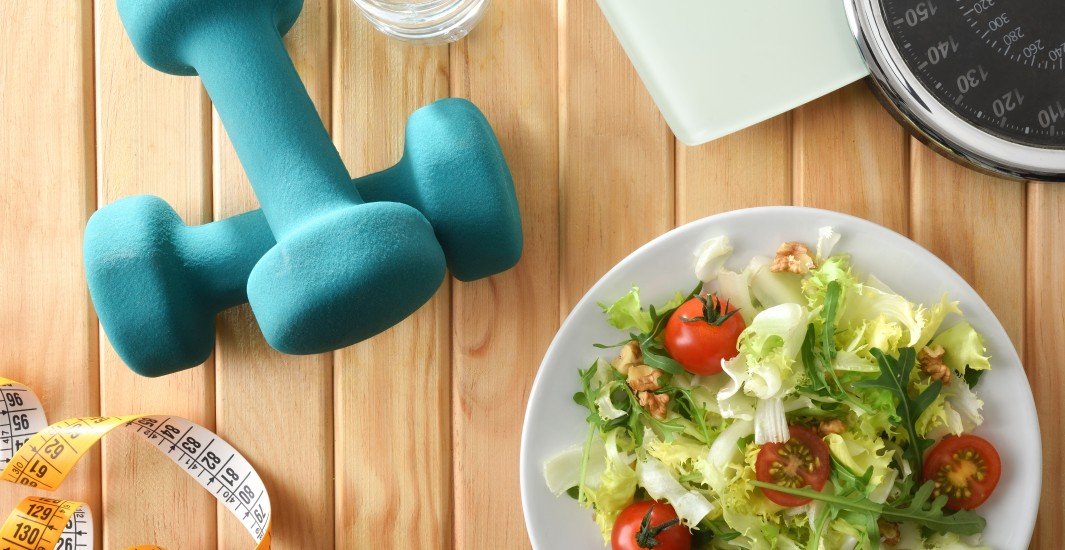- Home
- Blog
- General Health
Which Nebuliser Is Best For Kids?
General Health
Which Nebuliser Is Best For Kids?
By Apollo Pharmacy, Published on- 07 December 2023, Updated on -14 October 2024
Share this article
0
4 likes

Nebulisers play a crucial role in treating respiratory conditions in children. These devices deliver medication directly to the lungs, providing quick relief and reducing the need for oral medications. This method of delivery is particularly effective for children who may have difficulty using inhalers or swallowing pills. However, not all nebulisers are suitable for kids. It is essential to find a nebuliser that is specifically designed for children to ensure effective treatment and minimise discomfort.
In this article, we will explore the importance of nebulisers in treating respiratory conditions in children and discuss the key factors to consider when selecting a suitable nebuliser for kids.
What is a Nebuliser?
Nebulisers are medical devices used to deliver medication directly into the lungs in the form of a mist or aerosol. It is commonly used in the treatment of respiratory conditions, such as asthma and bronchitis. A nebuliser works by converting liquid medication into a fine mist through an aerosol compressor or ultrasonic technology. This mist can then be inhaled through a mask or mouthpiece, allowing the medication to reach the airways and provide relief.
Types of Nebulisers
There are three main types of nebulisers available in the market; jet nebulisers, ultrasonic nebulisers, and mesh nebulisers.
- Jet Nebulisers: These are the most common type of nebulisers and use compressed air to convert medication into a mist.
- Ultrasonic Nebulisers: These nebulisers use high-frequency sound waves to produce the mist.
- Mesh Nebulisers: These nebulisers use vibrating mesh technology to create an aerosol.
Each type of nebuliser has its advantages and disadvantages.
- Jet nebulisers are widely available and affordable but may be noisy and require regular maintenance.
- Ultrasonic nebulisers are quiet and compact but may not be suitable for all medications.
- Mesh nebulisers are efficient and portable but can be more expensive.
When choosing a nebuliser for kids, consider factors such as ease of use, portability, noise level, and compatibility with medication. Consulting with your child's healthcare provider is essential to selecting the best nebuliser for their specific needs.
Factors to Consider When Choosing a Nebuliser for Kids
When selecting a nebuliser for kids, there are several important factors to consider.
- Age-appropriate Design: Look for nebulisers with child-friendly features and designs, such as colourful and fun shapes. Opt for nebulisers that have simple operation and assembly, ensuring that your child can use them with ease.
- Noise Level: Consider nebulisers that have a low noise level to avoid distracting or frightening your child during treatments.
- Nebuliser Capacity and Treatment Time: Check the nebuliser's capacity to ensure it can deliver the required dosage for your child's treatment. Consider the treatment time needed with each nebuliser, as shorter treatment times can be more convenient for kids.
- Portability and Convenience for Travel: If you travel frequently or need to use the nebuliser outside of the home, choose a portable and lightweight option that is easy to carry.
By considering these factors, you can find a nebuliser that best suits your child's needs and makes their treatment experience comfortable and effective.
Important Features to Look for in a Kid-Friendly Nebuliser
When choosing a nebuliser for kids, consider the following important features:
1. Mask Options for Different Age Groups
- For infants and toddlers (0–2 years), look for a nebuliser with a small, soft mask that fits comfortably over their face.
- Young children (2–5 years) may benefit from a slightly larger mask that covers their nose and mouth adequately.
- Older kids (5+ years) can use a standard mask that fits over their nose and mouth securely.
2. Adjustable Medication Dosage and Airflow Settings
Ensure that the nebuliser has adjustable medication dosage settings, allowing you to administer the correct amount based on your child's needs. Look for airflow settings that can be adjusted to deliver medications effectively.
3. Maintenance Requirements
Opt for a nebuliser with detachable parts that are easy to clean, as proper cleaning is essential for preventing contamination and maintaining hygiene. Check the maintenance requirements of the nebuliser to ensure it is easy to maintain over time.
4. Safety Features
Look for nebulisers with safety features like spill-proof cups or masks that securely attach to prevent any accidental spillage or medication wastage. Some nebulisers also come with child-lock features to prevent children from operating them without supervision.
Considering these features will help you choose a kid-friendly nebuliser that is safe, effective, and suitable for your child's needs.
Tips for Using a Nebuliser Safely with Kids
To safely administer a nebuliser for kids, there are a few tips that we need to keep in mind.
1. Proper Medication Dosage and Administration Techniques
When using a nebuliser for kids, it's crucial to ensure the correct dosage of medication is administered. Follow the instructions provided by your doctor or pharmacist carefully. Use the recommended amount of medication and avoid diluting it unless specifically instructed. Remember to always wash your hands before handling the nebuliser and medication to prevent any contamination.
2. Creating a Calm and Comfortable Environment
To make nebulisation sessions more pleasant for your child, create a calm and relaxed atmosphere. Choose a quiet room where your child feels comfortable. Playing their favourite music or reading a storybook can help distract them during the process. Encourage deep breaths and reassure them that it will help them feel better.
3. Cleaning and Maintenance Guidelines
Regular cleaning of the nebuliser is essential to maintain its effectiveness and prevent any bacterial growth. After each use, disassemble the nebuliser, wash the parts with warm soapy water, rinse thoroughly, and air dry. Remember to clean the mask or mouthpiece as well. Additionally, follow the manufacturer's instructions for periodic deep cleaning or replacing parts.
Takeaway
It is essential to choose a nebuliser that is specifically designed for children, with features like colourful designs or fun accessories. Additionally, opt for a nebuliser that is easy to assemble, clean, and operate. Ensure that the nebuliser is compatible with the prescribed medication solutions and has a reliable delivery mechanism. Additionally, considering features like noise level, mask size, and medication delivery efficiency can enhance the child's comfort and treatment effectiveness.
Services
General Health
Frequently asked questions
It is important to use a nebuliser only under medical guidance. Your paediatrician will determine if your child requires nebulisation and prescribe the appropriate medication.
The frequency of nebuliser treatments will depend on your child's condition and the prescribed medication. Follow your doctor's instructions regarding the frequency of use.
It is recommended to have separate nebulisers for each child to avoid cross-contamination and reduce the risk of spreading infections.
Mixing medications without medical advice can be dangerous. Always consult your child's healthcare provider before combining medications.
The duration of a nebuliser session can vary depending on the medication being administered. On average, a session may last around 10–15 minutes, but it's important to follow your doctor's instructions.
Leave Comment
Services
Recommended for you
.jpg?tr=q-85)
General Health
Top Ayurvedic Lozenges and Drops for Indigestion Relief
Find the best Ayurvedic drops and lozenges for quick and natural indigestion relief. Explore traditional herbal formulations designed to soothe acidity, gas, bloating, and improve digestion.

General Health
How To Increase Hemoglobin? Know 6 Ways To Improve Your Levels
This blog highlights the significance of hemoglobin in the body and provides effective strategies to increase hemoglobin levels naturally. It explains the role of hemoglobin in oxygen transportation, carbon dioxide removal, and pH regulation. It also discusses the symptoms and causes of low hemoglobin levels and suggests dietary changes to boost hemoglobin.

General Health
Vitamins For Weight Loss: Know What Works
Can vitamins help you lose weight? Discover top nutrients like B-complex, iron, and green tea extract that support metabolism and healthy fat loss.
Subscribe
Sign up for our free Health Library Daily Newsletter
Get doctor-approved health tips, news, and more.

